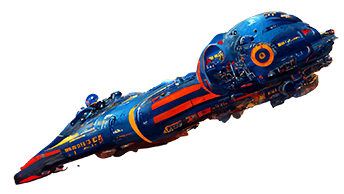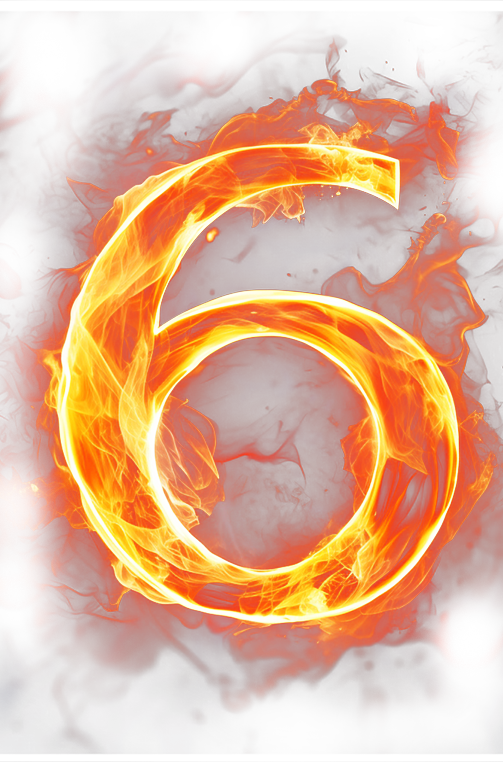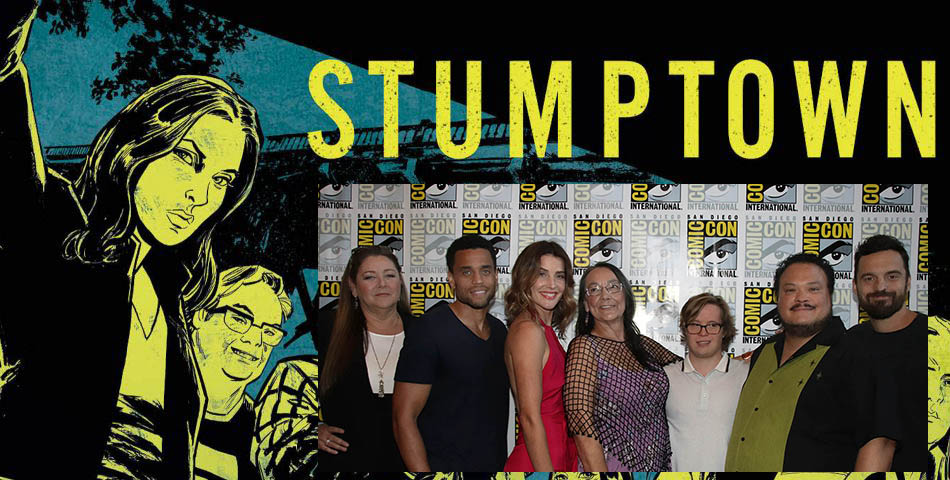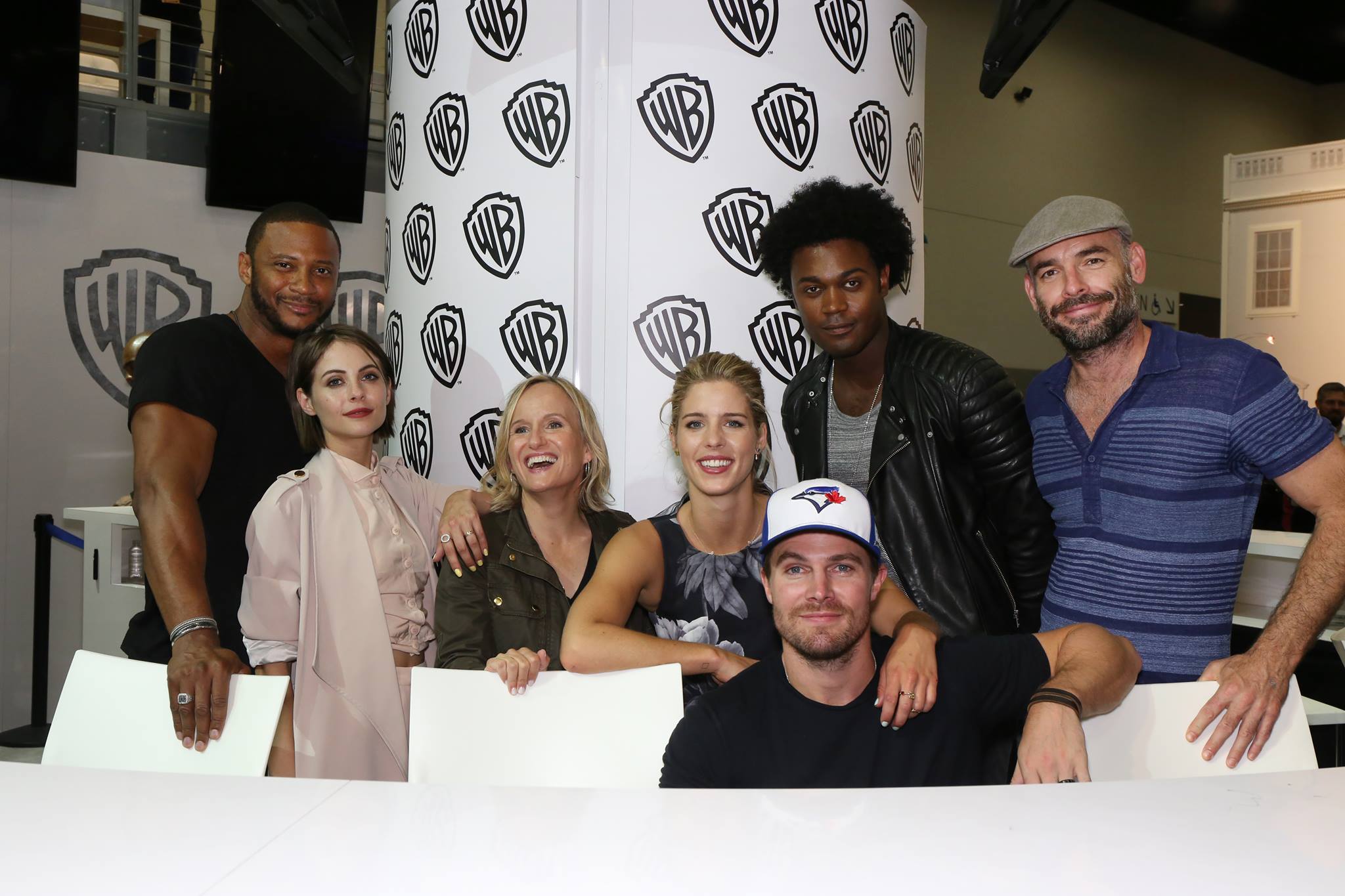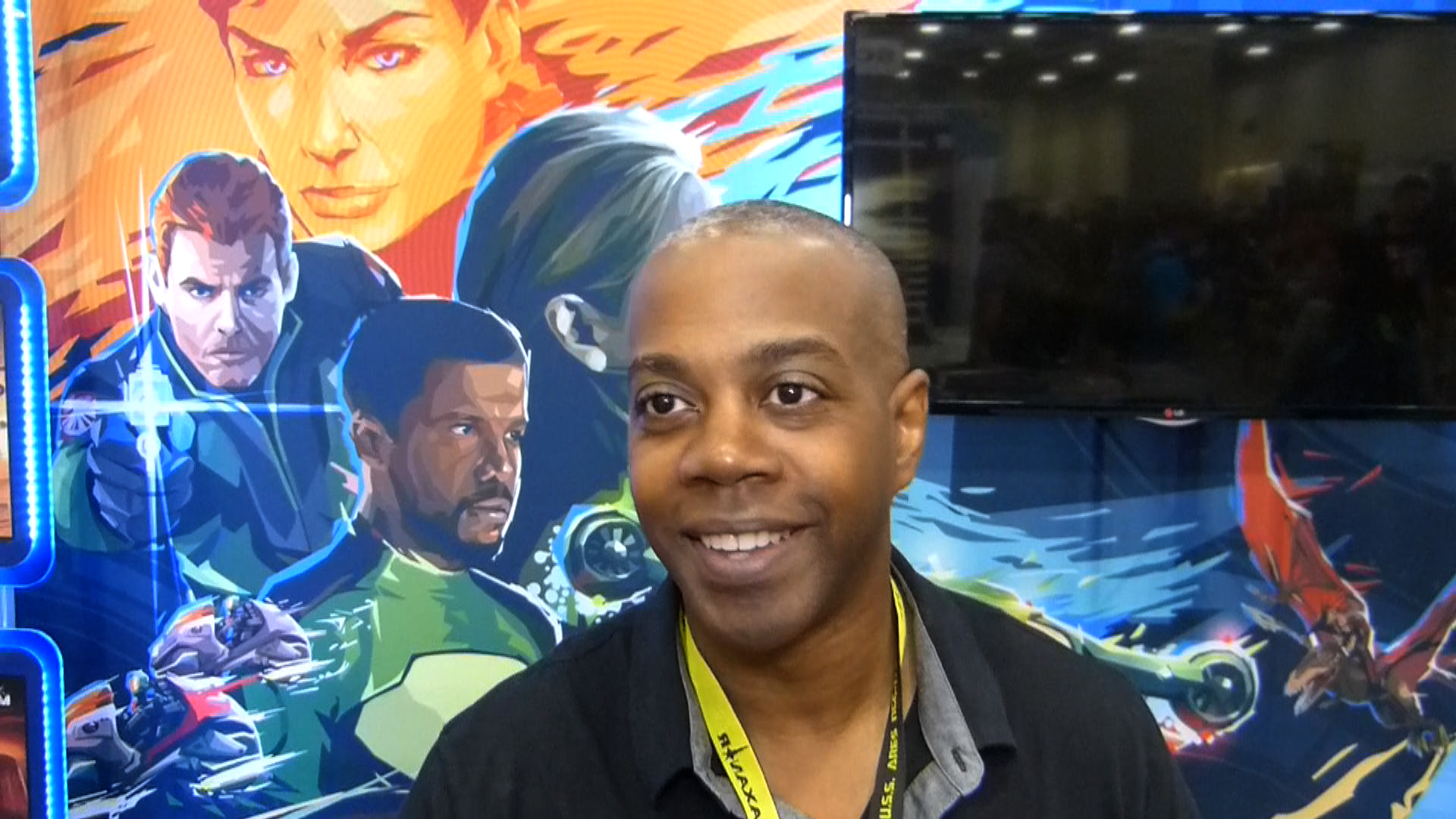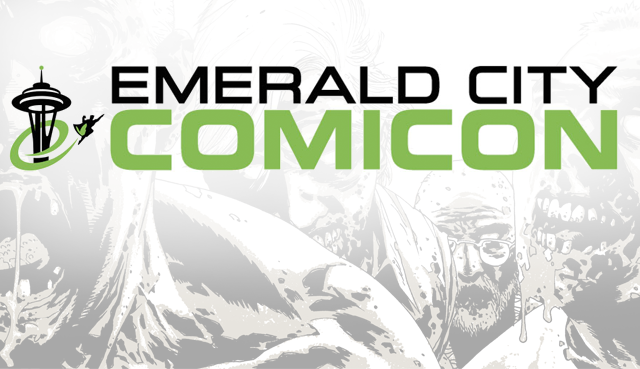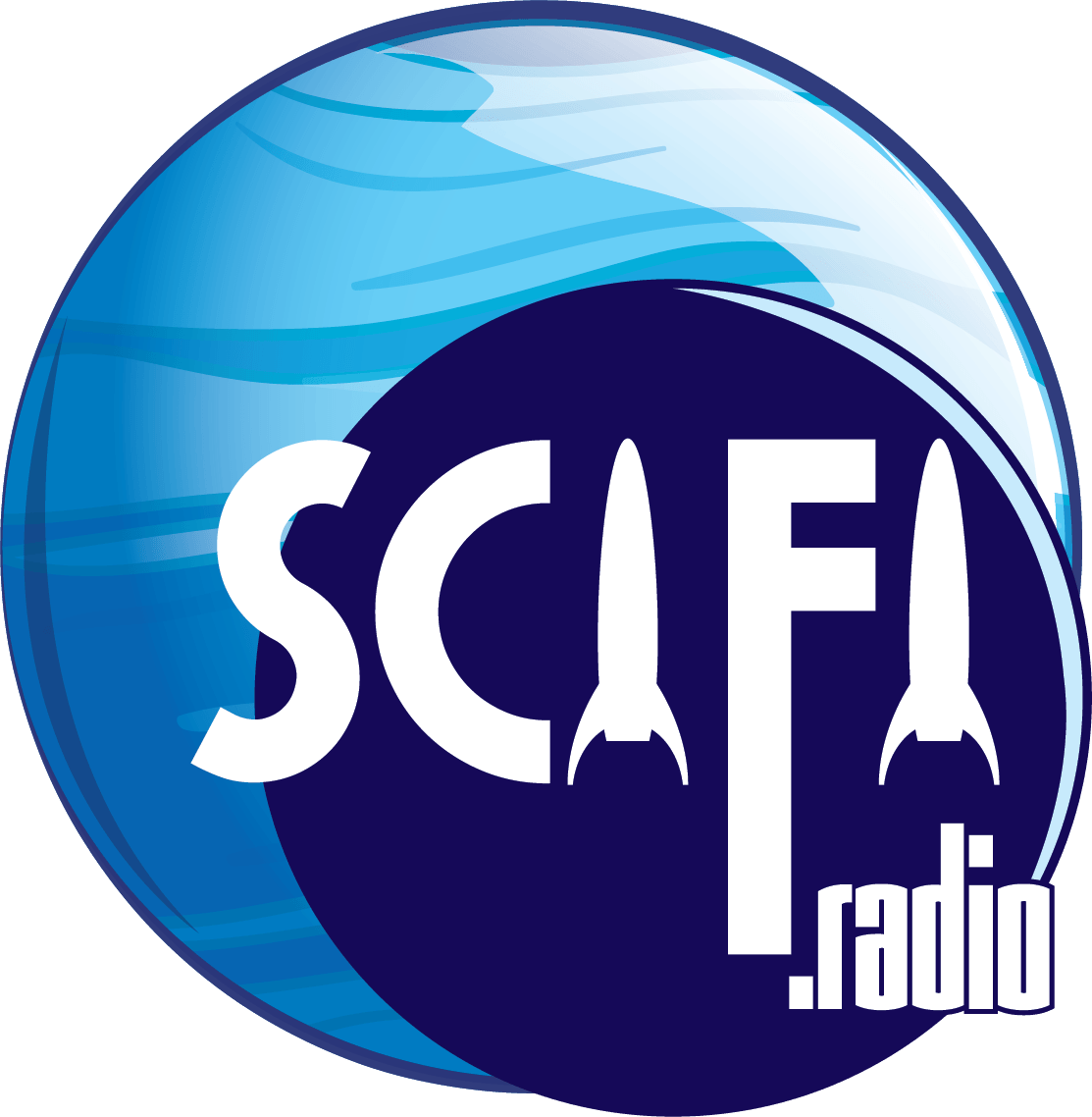There’s this scene in the Sleepy Hollow episode “Necromancer” where our hero, Ichabod Crane, is fighting in a forest against his (now ex) best friend, Abraham Van Brunt. Abraham feels he’s been betrayed by Crane, so he’s called him out to a sword fight, which Crane finally gives into (lest he get hurt, obviously). The scene is moody with a sort of gloomy fogginess over the forest, and the ensuing images switch between 2 viewpoints: One of Crane and Abraham as they face each other and takes jabs and swings, and one from within the forest itself, through the trees – with a lens skewed just enough to give the illusion of something primal – or at least not human – enjoying the spectacle. Considering where the scene leads, we are right to feel unease during this fight, so the effect works. Granted, the director of the episode, Paul Edwards, likely had the honor of devising the scene, but no doubt it was through the handiwork of picture editor Scott Gamzon that we have the dynamic scene that played out for us on our televisions and monitors.
I recently had the pleasure of speaking with Scott by phone about his job, his work on Fox’s breakout hit show, Sleepy Hollow, and why technology is a blessing and a curse. Keep in mind what you read about here the next time you watch Sleepy Hollow, or any of your favorite shows. After all, without the picture editor you’d get a very different experience than you do now!
Whedonopolis: Thanks for taking a few minutes of your day for us. We’re all big fans of Sleepy Hollow at Whedonopolis, just so you know!
Scott Gamzon: Thanks, always good to hear we have fans!
W: Reviewing your oeuvre, you’ve racked up quite a few projects in the scifi/fantasy genre. There’s Terminator: The Sara Connor Chronicles, 666 Park Avenue, Human Target, and the like, so when Sleepy Hollow came along, was it a natural assignment for you? Was there a particular appeal to the show?
SG: I really love working on the more action and scifi drama type of shows, where there’s lots of stunts for me to work with, but the real draw is really just the characters. I think the relationship between Abby (Mills) and (Ichabod) Crane is a very fun one, kind of crazy: there’s this man out of time, out of place – a fish out of water. There’s the whole repartee Crane has with Abby, so to a certain degree, he’s the straight man to the comic duo, and yet she’s also experiencing all these things that she’s learning about for the first time with his help. So, for me, this relationship is the heart of the show. You can have the best visual effects and the coolest actors and actresses in the world, but if you don’t have a really fun, interesting relationship at the heart of it, viewers don’t get into it. And it’s, obviously, not as much fun to work on if you don’t have characters that you care about.
W: As a viewer, I completely agree. But, you’re the editor, which begs the question how you got into this as a career.
SG: I went into USC film school as sort of a blank slate, thinking I was most likely going to go into script writing. But, as I learned about the different crafts, I really fell in with editing. I found it was really just visual storytelling — making choices like when to go in for a close up, or how to piece a scene together, or how long to hang in a wide shot. All these are ways of telling a story visually. Particularly with Sleepy Hollow, part of the fun of the show is that, a lot of the time, it feels like you’re on a roller coaster ride, a real thrill ride, and that’s the pacing that we create – the fairly quick cuts – but, then, we also tend to reel it back when we get to these really emotional moments or big reveals. So, it’s creatively telling these stories.
W: Do you find when working on tasks, like checking the rough cuts, that certain directors are very hands-on and others just trust you and let you make the decisions?
SG: It really depends on the director. We don’t have the same director for each episode, and some directors are very hands-on. Some will be in the editing bay with me for four days, for example. But, for others, since we have the technology and we can send them the cuts through the internet, they can watch them later and we can talk through what changes they would like. But, yeah, it just really depends on the personality of the director. I try to be involved with them every day, particularly while they’re shooting. If they have specific ideas about how they want a certain sequence cut, I’ll know about it, or if I see something in the footage that I want to bring to them – like if I have an idea about how they can do something a little differently – we’re really in communication with each other. It’s a very collaborative endeavor.
W: Have you ever watched an episode when it aired and thought, “Oh, man, I wish I’d changed that bit” or “Cool, that worked out even better than I thought!”?
SG: [laughs] Oh, all the time!! You know, it’s actually hard for me to watch stuff right after I’ve done it; I need a little distance from it, a lot of the time. There’s a certain muscle memory for each edit and how we got there, so sometimes I’ll remember the pain of putting the sequence together, if it was a particularly difficult sequence, or if it was the new thing we were trying to use to change the story a certain degree and it was a lot of work. That can color how I view it, so, I usually like to have a little distance between the time I’m done and when it airs. For me, what’s great is when I can sit and watch something and experience it as a viewer. And eventually I get there! [laughs] But, yes, we work very fast in television, so sometimes there’s a point when you look at something and go, “Oh yeah, I guess I could’ve done a little something different there” but I think we end up with it all pretty darn good and we’re proud of what we do.
W: True disclosure: We would never know, because all the scenes look great to us!
SG: [laughs] That’s good, thanks!
W: Looking at your eclectic resume, is there a big difference working on a reality TV show versus working on scripted, or fiction, as a genre?
SG: Actually, yeah, there’re some pretty big differences. For example, with the fiction work, there’s one editor per episode, you do it yourself. But, for reality television – because there’s so much footage – usually it’ll be a team, maybe 3 to 5 editors working on each episode, working very collaboratively with each other. And generally in the non scripted reality world, there’s sort of an outline that you’re working on with a Story Producer, but the editors really do have a lot of control over how the story gets told. Whereas in scripted shows, there is an actual script that we are following and you have to make choices within that about how best to tell that story. Reality borrows a lot of techniques from scripted in terms of storytelling, like close ups and wide shots. A lot of the time you’re also trying to get around certain problems with shooting, because as much as you think there’s a camera everywhere, sometimes there’s not, so you have to sort of piece together a story.
W: With so many advances in technologies, has that changed how you go about your day to day work?
SG: Oh, immensely, immensely. When I first started in this business as an Assistant Editor, we used AVID, which was starting to get really common. As the years have gone by, the benefits of the technology has allowed us to work more efficiently, faster. The drawback is that now we’re working a lot faster! So there’s not a lot of time to just sit and think about a cut, to let it percolate for a minute. My title is still Picture Editor, but I’m going to be putting in temporary music, temporary sound effects, building out the whole show, so that when executives – the director, the producers – watch it, they can experience it as it might be like when it airs. So that’s an additional workload that didn’t exist back in the day when things were cut on film: you had literally 2 sound tracks that you were able to work with, and you might be able to put dialog on one and sound effects on the other. Now we’re working with full-on sound design, so it’s definitely added to our workload. But, somehow we’re still doing it, and still loving it!
W: [laughs] Thankfully! And like you said, you can get a clip together and upload it to Dropbox or anyplace online, which wasn’t the case back then at all.
SG: Exactly, you’d have to be there on location with them so they can come in and see it. For Sleepy Hollow, we do post production here in Los Angeles — they film in North Carolina — but we’ve got it set up so that I can be editing while they see what I’m doing on the screen in LA. So, it’s real time decision making.
W: That’s impressive! Before I let you go, is there any dream project that you’d like to work on someday?
SG: A dream project? Wow, I’ve never really thought about that. I don’t know…
W: Or maybe even just a director you’re dying to work with?
SG: Oh, yeah! I did just have a great experience on a pilot I was working on for DreamWorks, where Steven Spielberg actually came into the editing room and worked with me. That pretty much was a dream in and of itself. [Laughs] Yeah, that was a lot of fun, but if I could work on Game of Thrones, I’d be pretty darn happy.
W: That’s an admirable goal and I hope you achieve it. Thanks so much for your time today!

